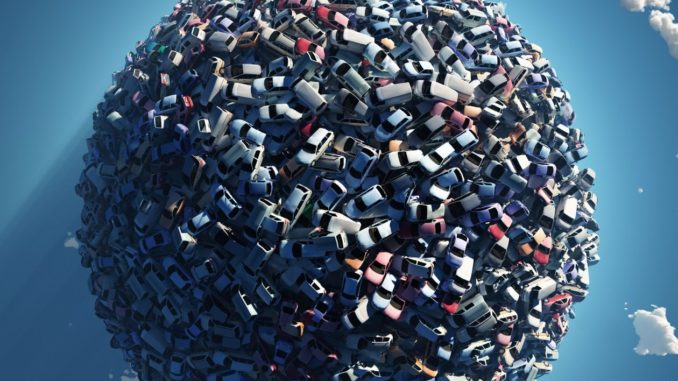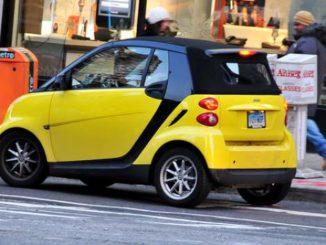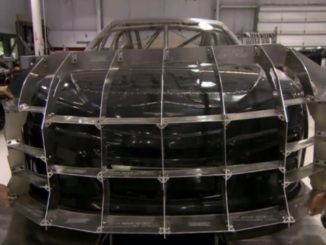
Recycling junk cars has a huge impact on our environment, economy, and more; an impact that is entirely positive. There are many benefits of junk car recycling, most of which involve steel. Continue reading to learn why it is important to recycle the steel in junk cars, and how you can personally contribute to this wonderful initiative.
Most Vehicles are Mostly Steel
Most vehicles are manufactured with steel because it is a highly durable, strong, and dependable metal. Not only can it protect drivers and passengers, it can be recycled and repurposed over and over again. In fact, most steel is made from existing steel materials, which does wonders to preserve our natural resources, conserve energy, and reduce harmful emissions produced by metal refining factories. According to the Steel Recycling Institute (SRI), "recycling a single ton conserves 2500 pounds of iron ore, 1400 pounds of coal, and 120 pounds of limestone."
Vehicles, on average, are 60% steel and iron. The shell alone is 25% of the total amount of steel in a car or truck, on average. This includes the quarter panels, trunk, hood, and doors. Additionally, internal parts and metal components are recycled for their steel, such as automotive parts, gaskets, circuit boards, and more.
Steel Recycling
Motorized vehicles are among the most frequently recycled consumer product in the country. Regardless of who owned them or what happened to them, virtually all cars end up in the recycling process. According to the Steel Recycling Institute (SRI), more than 14 million tons of steel from cars are recycled each year. This can actually be argued as a 100% recycling rate among vehicles no longer suited for the road!
Junk Car Salvaging Process
The junk car recycling process, although not too complicated, requires a fleet of highly-specialized equipment and technology. Most metal reprocessing centers will start by draining the vehicle of any remaining fluids to stay within environmentally responsible recycling practices. These fluids include transmission fluid, brake fluid, power steering fluid, windshield wiper fluid, radiator fluid, battery fluid, and motor oil. Next, they will begin to dismantle the vehicle of all its reusable parts, like wheels, tires, headlights, doors, windows, fenders, bumpers, trunk lids, stereos, and any operational or repairable auto parts.
After a vehicle is finished with the draining and dismantling process, all that's left are scattered hulks. This is usually shredded in an industrial metal shredder, which is an enormous and innovative machine that can shred large hulks down to fist-sized pieces in less than 45 seconds. These pieces are a compilation of steel, non-steel metals, and fluff (non-reusable rubbers, plastics, glass, etc.). A large magnetic sorter is used to separate the steel and iron pieces from the rest of the shredding material, which are then shipped all across the country to various metal buyers, reprocessed, and steel mills.
Proudly WWW.PONIREVO.COM
Source by Sarahbeth Kluzinski



